Complete Guide to Tumacacori National Historical Park in Arizona, including things to do, history, nearby lodging and camping, directions, and so much more.
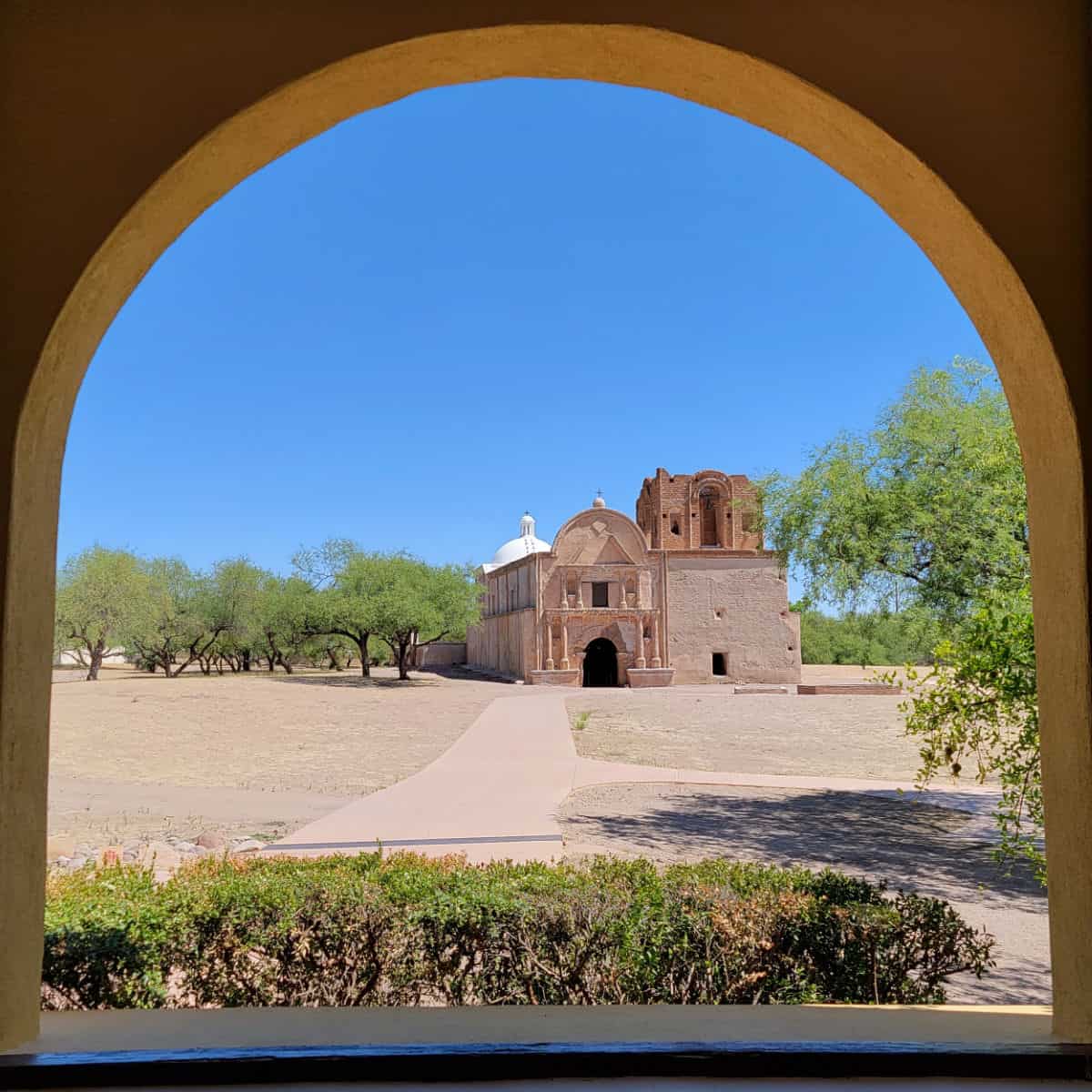
TL;DR Don’t have time to read the full article? Here are my top finds:
🏨Hotels and Vacation Rentals
📍Tours
Tumacacori National Historical Park
Tumacacori National Historical Park in Arizona sits at the cultural crossroads in the Santa Cruz River valley.
About Tumacacori National Historical Park
This area was populated with O'odham, Yaqui, and Apache people who met and mingled with European Jesuit and Franciscan missionaries, settlers, and soldiers. Sometimes in history, there was cooperation and other times there was conflict.
The park gives you the opportunity to take a self-guided walk through the park grounds including the three-story abode church, grounds, and garden.
While we were exploring the park we saw roadrunners running around and amazing hummingbirds. This is a great birdwatching park.
This is a park that can be seen quickly or you can spend the entire afternoon exploring and checking it out. The main attraction of the park is the mission and museum. Both are easy to reach along a paved walkway. The inside of the mission does have a few stairs and an uneven pathways.
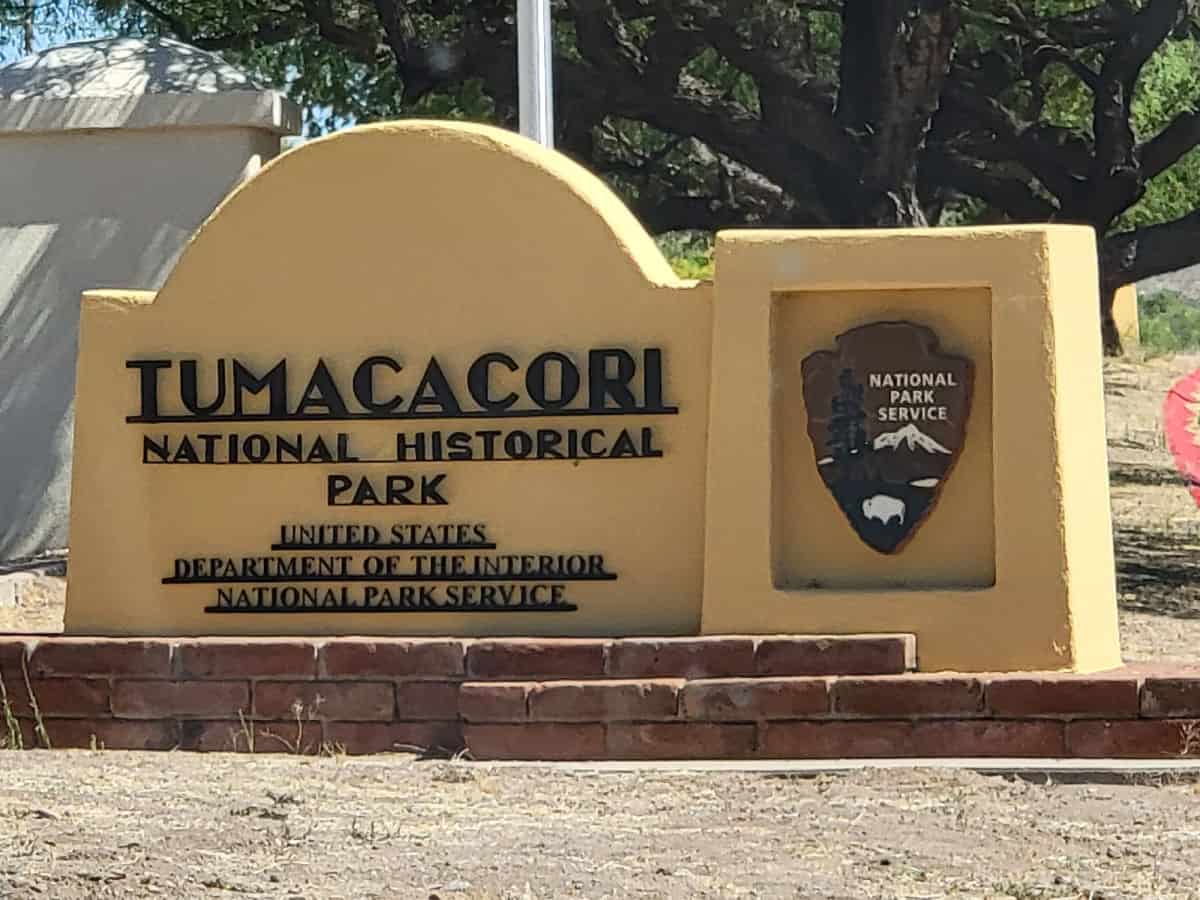
Is Tumacacori National Historical Park worth visiting?
We really enjoyed our visit to the park. The mission is really interesting to walk through and learn more about the history.
There was a road runner running around the grounds which was a ton of fun. If you are a birder you will love all the birds in the park.
We could have spent hours just watching the birds and hummingbirds.
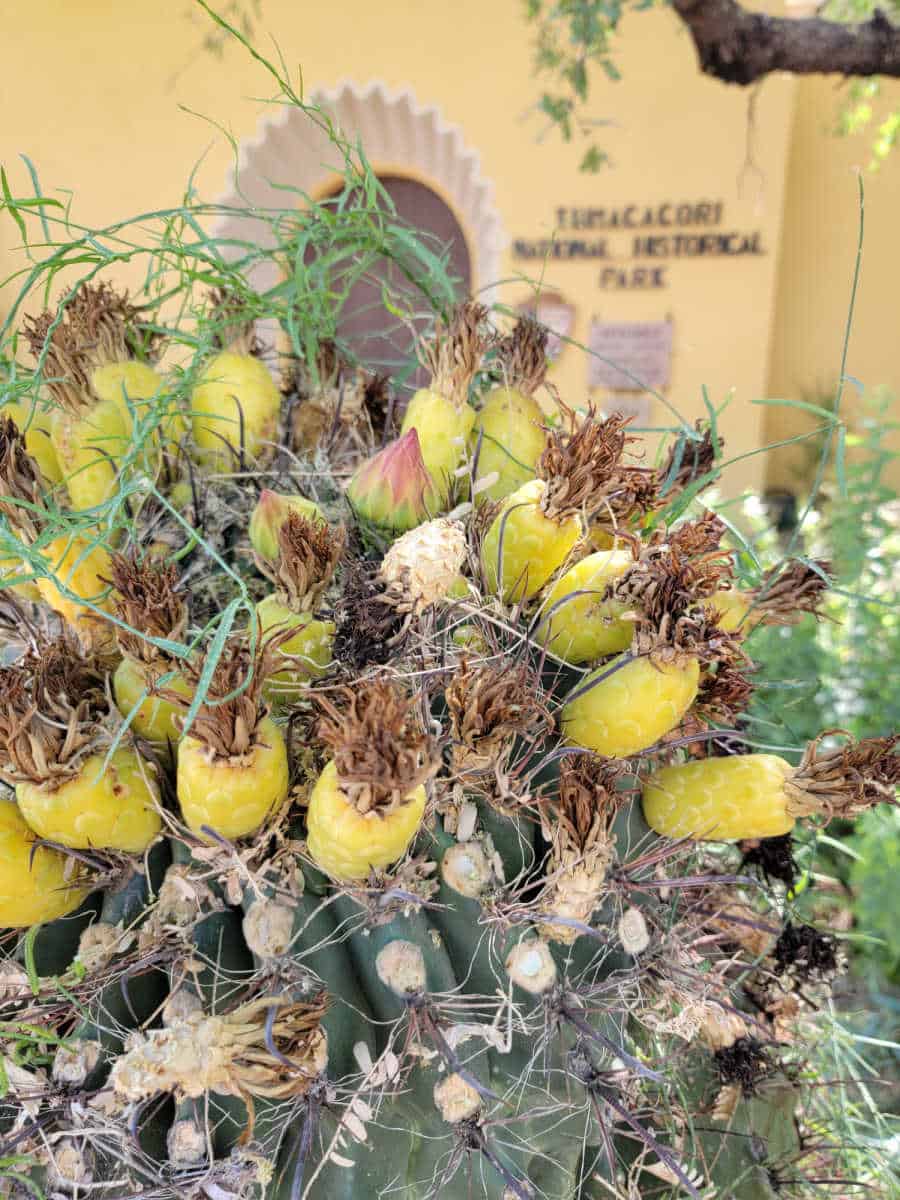
History of Tumacacori National Historical Park
The Tumacacori National Historical Park preserves and interprets the stories of many different cultures, each of which called the land protected by the park, and the surrounding area, home. The park protects the site of the oldest Spanish mission in Arizona, established in January 1691.
The mission became a cultural crossroads, a mingling of cultures that were not always peaceful. San José de Tumacácori was a Jesuit mission established to bring Spanish culture, religion, and technology to the people living on and around the Santa Cruz River.
The site was formerly in Mexican territory but was incorporated into the United States in 1854 as a part of the Gadsden Purchase.
The Native People of the Tumacacori National Historical Park
Before the mission was established in 1691, the region was home to several native tribes. These were the O'odham, whose land the original Jesuit mission was constructed on, the Nde Apache, and Yeome.
The Yeome traveled to the region from Mexico hundreds of years before the arrival of the Spanish. The Yeome lived in medium-sized communities, practicing subsistence farming, hunting, and gathering. When the Spanish arrived in the region, known as Pimería Alta, in the 1690s, the Yeome resisted their attempts at colonization.
Spanish culture and religion did have an impact on the Yeome tribe. Today their culture incorporates several aspects that tell of the cultural integration that happened with the arrival of the missionaries.
As with the Yeome, the nomadic Nde Apache arrived in the Pimería Alta around 1200 AD. In the absence of resources, the Nde Apache were known to take from others in the area. When the Europeans arrived, the Nde included them in their raids, and as a result, were considered to be enemies of the missionaries and the community at the mission.
The O’odham
The O’odham people are the descendants of the ancient Hohokam people. They have lived on the land protected by the Tumacacori National Historical Park since the beginning of their tribe's memory. It is their sacred homeland.
Before the arrival of the Europeans to their homeland, the O’Odham people hunted, gathered, and practiced subsistence farming. They used the Santa Cruz River to provide water to their crops by creating canals called acequias.
The land the O’odham lived on was an integral part of their culture, as their stories describe how it was given to them by the Elder Brother when the world began. When the Spanish arrived from New Spain (Mexico), the O’odham people welcomed them.
There was one Jesuit priest in particular that the tribe welcomed into their community, Padre Eusebio Francisco Kino.
The Jesuit Mission San José de Tumacácori
In 1691 Father Kino, who had traveled to the Pimería Alta from New Spain, arrived at the O’odham community. The name Tumacácori is thought to come from the name given to the land by the O'odham people. There was a misinterpretation of the name on the priest's part. The mission was established in January 1691 and is the oldest mission in Arizona.
The mission began on the south side of the Santa Cruz River as a place people visited on their way to the Jesuit missionaries' headquarters. The O’odham, who lived where Father Kino established the mission, were referred to as the Pima people by the missionaries. They helped to build the first adobe structure which was called San Cayetano de Tumacácori.
What began as a peaceful relationship between the Spanish missionaries in modern-day Arizona and the O’odham people soon turned violent. In 1751 the Pima or O’odham rose in revolt against the Spanish. Since the arrival of the Spanish in the O’odham people’s territory, they had gradually taken more land and autonomy from the O’odham.
After the revolt, the Mission San José de Tumacácori was built on the west side of the river. The O’odham people continued to live in the community around the new mission. The mission was plagued by disease and Apache raids. In 1767 the time of the Jesuits at San José de Tumacácori would draw to a close.
Franciscian Priests at Tumacácori
In 1767 the Jesuits were officially expelled from many lands in Europe. The Spanish King, Carlos III, expelled the Jesuits from Spain, and its colonies. The 52 Jesuits who lived in Arizona were arrested and exiled, sent back to Europe on ships.
It was not long before a new religious order moved into the San José de Tumacácori Mission. The new priests were members of the Franciscan Order. They officially began work on the mission building in 1800, aiming to transform the Jesuit mission into a magnificent baroque-inspired church. The building was not finished due to a lack of funding.
In 1824, work began again on the mission but again stalled due to a lack of funding. The Franciscans eventually abandoned the site due to increasing hostilities by the Apache and a lack of funds to continue the project.
The people who lived in the mission community left in the winter of 1848, intending to return. They took with them anything of value in the church. The residents never returned, and the church was left to decay, being ravaged by treasure hunters over time.
In 1908 residents brought their concern for the preservation of the ruins to government officials. Later that year, President Theodore Roosevelt declared the site a National Monument.
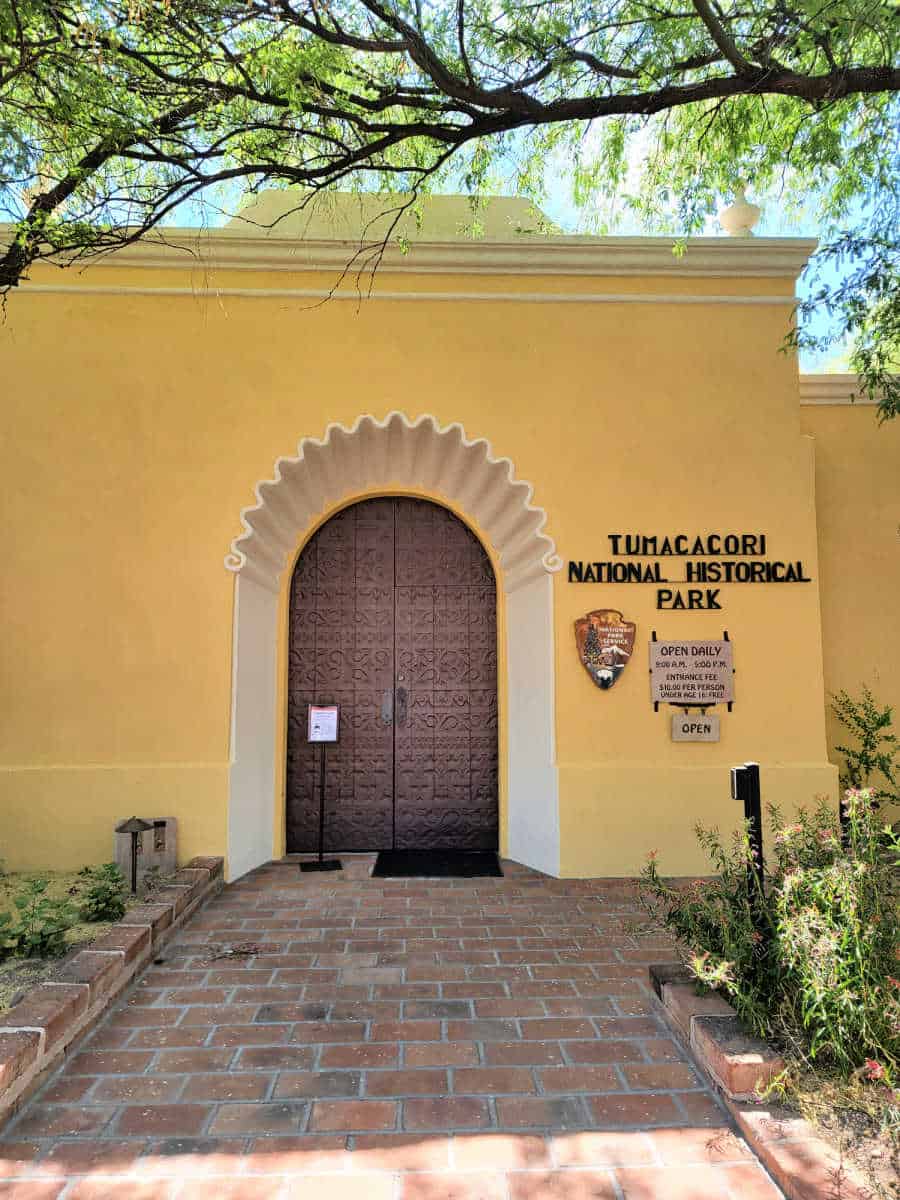
Things to know before your visit
Entrance fee
The park entrance fee is $10.00 per adult (age 16 or older) and is good for 7 days.
Tumacácori Annual Pass - $35
The pass admits the pass holder + 3 adults, not to exceed 4 adults, into this park. (Children under 16 are admitted free.)
Learn more about National Park Passes for parks that have an entrance fee.
$80.00 - For the America the Beautiful/National Park Pass. The pass covers entrance fees to all US National Park Sites and over 2,000 Federal Recreation Fee Sites for an entire year and covers everyone in the car for per-vehicle sites and up to 4 adults for per-person sites.

Buy your pass at this link, and REI will donate 10% of pass proceeds to the National Forest Foundation, National Park Foundation, and the U.S. Endowment for Forestry & Communities.
National Park Free Entrance Days -Mark your calendars with the five free entrance days the National Park Service offers annually.
Free Entrance Days -Mark your calendars with the five free entrance days the National Park Service offers annually.
Time Zone
Mountain Time Zone
Pets
However, pets that are leashed are permitted to accompany their owners on the Anza Trail throughout the year.
Pets are not allowed on mission grounds or within buildings.
Cell Service
To confirm the availability of coverage, please consult your cellular provider. While cellular service is typically accessible at the visitor center and mission grounds, it may be intermittent along the river corridor and Anza Trail.
Park Hours
Open daily from 9:00 a.m. to 5:00 p.m. except for Thanksgiving Day and Christmas Day.
The listed hours pertain specifically to the visitor center and mission grounds. However, it's worth noting that the Anza Trail, which passes through the park, is accessible around the clock from alternative trailheads.
Wi-Fi
There is no Wi-Fi access in the park
Insect Repellent
Insect repellent is always a great idea when outdoors, especially if you are around any body of water.
We use Permethrin Spray on our clothes before our park trips.
Water Bottle
Make sure to bring your own water bottle and plenty of water with you. Plastic water bottles are not sold in the park.
Parking
The parking lot is spacious and can accommodate both cars and RVs. There are also designated parking spaces for disabled visitors.
Food/Restaurants
There is no restaurant on the premises of the park, and visitors will have to head to nearby towns like Nogales, Tubac, or Green Valley for food options.
Gas
There are no gas stations located within the park itself, but several can be found in the nearby town of Tubac, just a few miles away.
Drones
Drones are not permitted within National Park Sites.
National Park Passport Stamps
Stamps for both Tumacacori NHP and Juan Bautista de Anza NHT can be found in the park store.
Tumacacori NHP is part of the 2008 Passport Stamp Set.
We like to use these circle stickers for park stamps so we don't have to bring our passport book with us on every trip.
The National Park Passport Book program is a great way to document all of the parks you have visitied.
You can get Passport Stickers and Annual Stamp Sets to help enhance your Passport Book.
Electric Vehicle Charging
Within a radius of 25-70 miles from the park, there are approximately 15 charging stations available for electric vehicles.
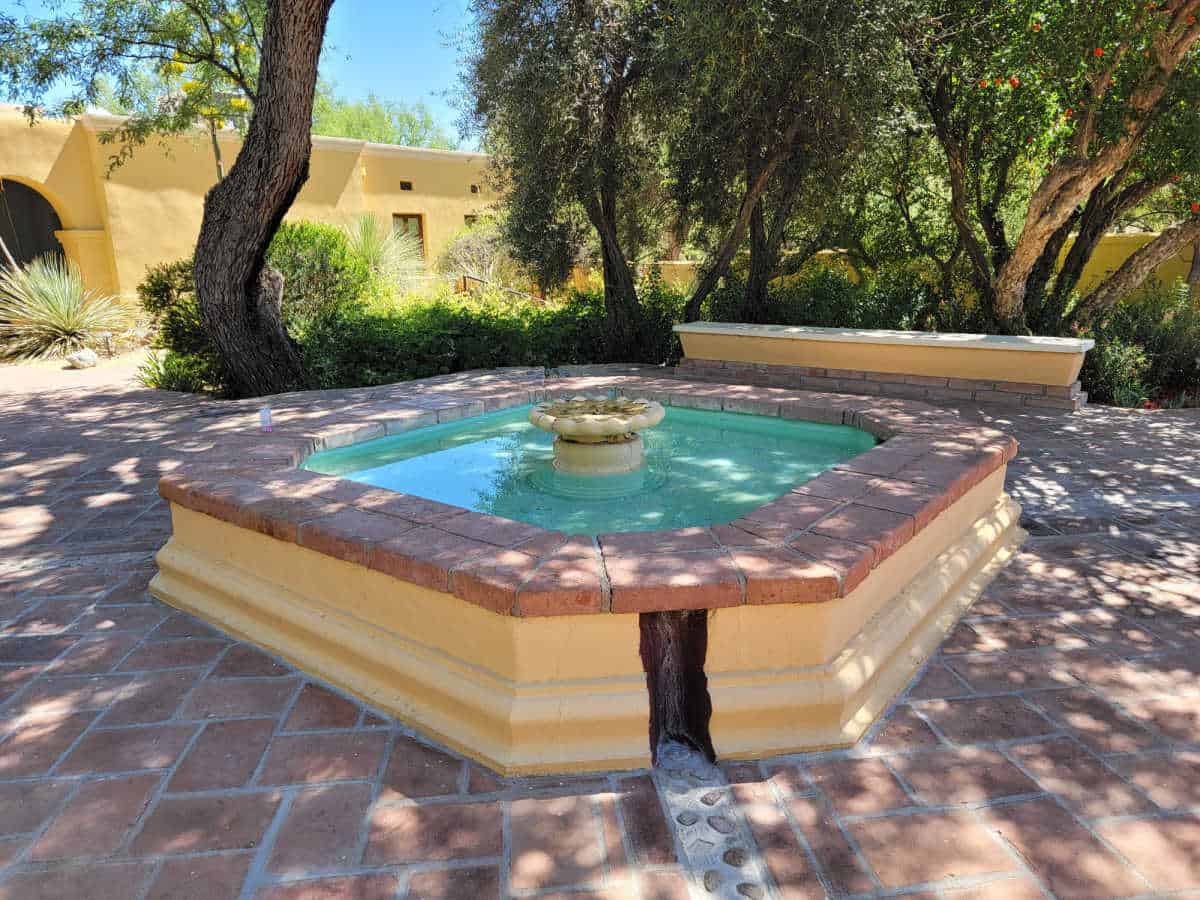
Details about Tumacacori National Historical Park
Size - 360 acres
Check out how the park compares to other National Parks by Size.
Date Established
August 6, 1990
Visitation
In 2022, Tumacacori NHP had 38,786 park visitors.
In 2021, Tumacacori NHP had 33,357 park visitors.
In 2020, Tumacacori NHP had 23,726 park visitors.
In 2019, Tumacacori NHP had 39,704 park visitors.
Learn more about the most visited and least visited National Parks in the US
National Park Address
1895 E Frontage Road, Tumacacori, AZ 85640, United States
National Park Map
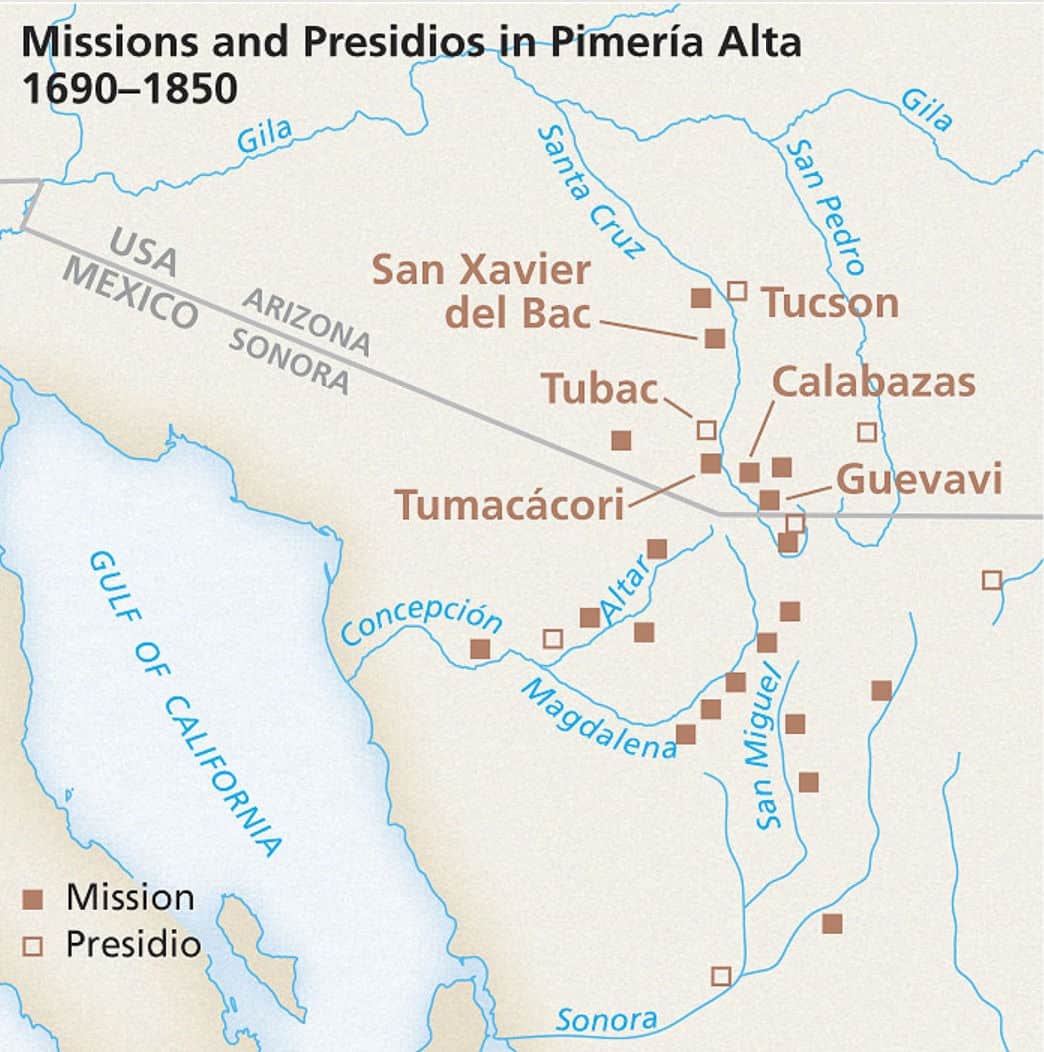
Where is Tumacacori National Historical Park?
Tumacácori National Historical Park is located off of Exit 29 of Interstate 19, forty-five miles (80 kilometers) south of Tucson, Arizona, and eighteen miles (26 kilometers) north of Nogales, Arizona.
Estimated distance from major cities nearby
- Tucson, AZ - 50 miles
- Nogales, AZ - 39 miles
- Green Valley, AZ - 21.8 miles
- Sierra Vista, AZ - 76.4 miles
- Phoenix, AZ - 159 miles
Estimated Distance from nearby National Park
Saguaro National Park - 63.8 miles
White Sands National Park - 353 miles
Guadalupe Mountains National Park - 452 miles
Grand Canyon National Park - 382 miles
Where is the National Park Visitor Center?
The Visitor Center and Museum are located at:
1891 East Frontage Road
Tumacacori, Arizona, 85640
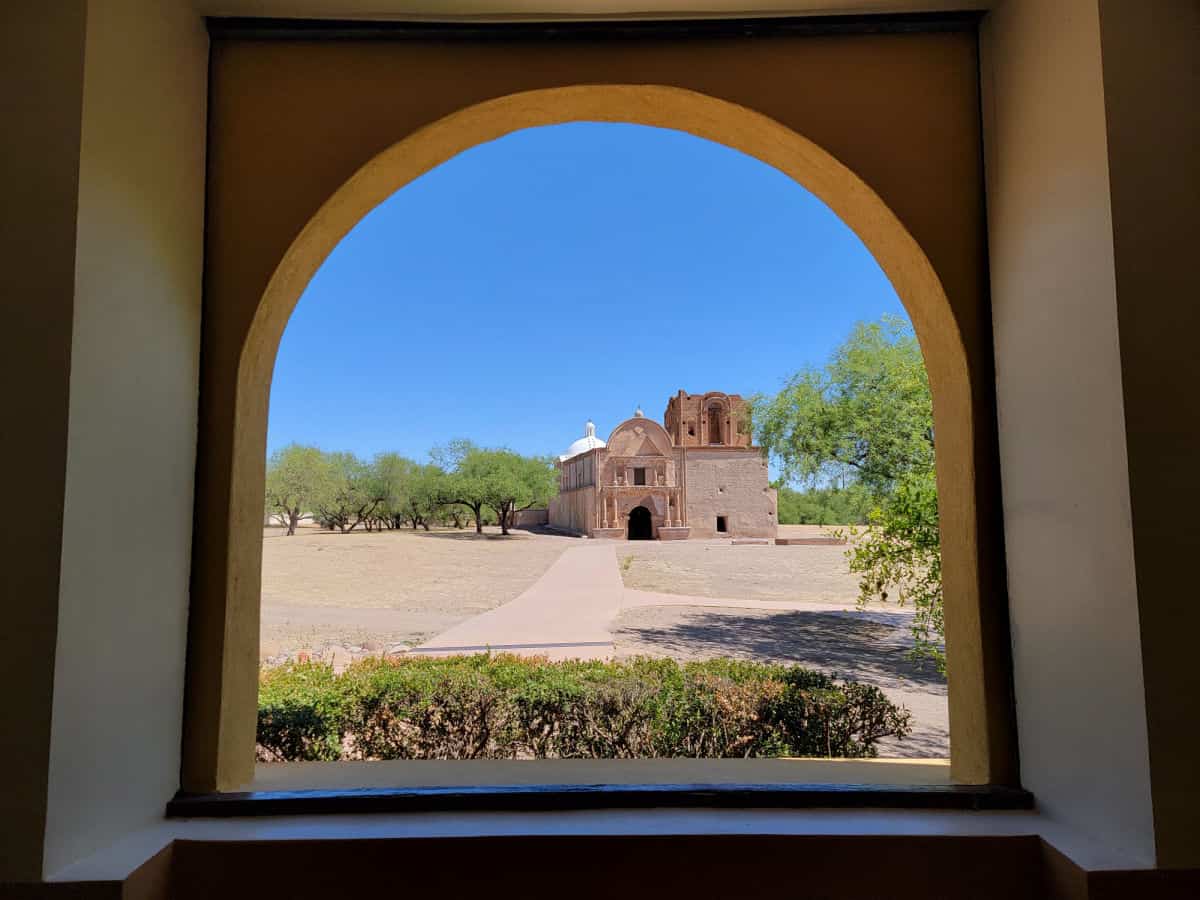
Getting to Tumacacori National Historical Park
Closest Airports
- Tucson International Airport (TUS) - 44.3 miles
- Nogales International Airport (OLS) - 20.8 miles
- Bisbee Douglas International Airport (DUG) - 123 miles
International Airports
- Phoenix Sky Harbor International Airport (PHX) - 155 miles
Regional Airports
- Sierra Vista Municipal Airport (FHU) -.102 miles
- Nogales International Airport (OLS) - 24.8 miles
- Marana Regional Airport (AVQ) - 74.2 miles
- Phoenix-Mesa Gateway Airport (AZA) - 154 miles
Driving Directions
Tumacácori National Historical Park is located off of Exit 29 of Interstate 19, forty-five miles (80 kilometers) south of Tucson, Arizona, and eighteen miles (26 kilometers) north of Nogales, Arizona.
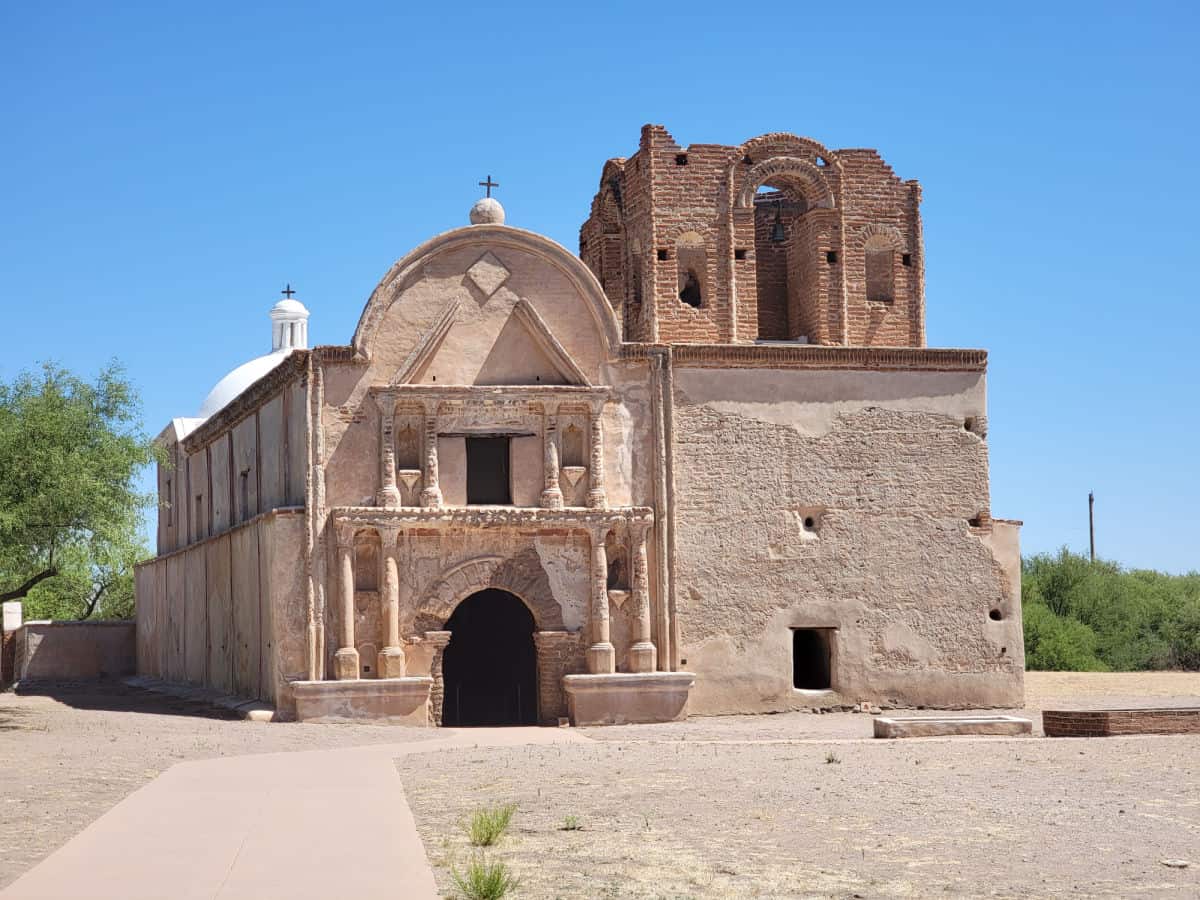
Best time to visit
The best time to visit Tumacacori National Historical Park is during the fall, winter, and spring months, from October to April. During these months, the temperature is cooler, and there is less chance of experiencing extreme heat.
Additionally, the vegetation is lush and green, making for beautiful scenery and a more enjoyable experience. The park is also less crowded during this time, allowing visitors to explore the area without the hassle of large crowds.
However, if you are interested in attending any of the events or festivals that take place at the park, such as the Fiesta de Tumacacori in April or the Anza Day celebration in October, plan your visit accordingly.
Overall, Tumacacori National Historical Park is a great destination for history and nature enthusiasts, and the best time to visit depends on your personal preference and interests.

Weather and Seasons
Spring in Tumacacori National Historical Park typically occurs from late March through May. The spring temperature typically ranges from the high 70s to the low 90s during the daytime. However, it can drop significantly in the evening and early morning, so it's advisable to bring appropriate clothing to accommodate the fluctuating weather conditions. This is the time when temperatures are rising, wildflowers are blooming, and wildlife is more active. Visitors can expect to see a variety of birds, butterflies, and other animals throughout the park during this season.
Summer Tumacacori National Historical Park experiences hot temperatures during the summer. The average high temperature in June, July, and August, typically range from the mid-80s to mid-90s, with occasional spikes into the low 100s.
Visitors to the park during the summer months should take precautions to avoid heat exhaustion or heat stroke, such as drinking plenty of water, wearing lightweight and light-colored clothing, and staying in shaded areas during the hottest parts of the day. It is also important to bring sunscreen and hats to protect against the strong Arizona sun.
During the fall months of September, October, and November. These months bring cooler temperatures than the scorching summer months, with an average temperature ranging from the mid-40s to the mid-80s. Visitors can expect warm days and cooler nights, with the chance of occasional rain showers.
These months are a great time to visit the park as they provide optimal weather conditions for outdoor activities like hiking, birdwatching, and exploring the park's historic structures.
The winter months in Tumacacori National Historical Park can be fairly mild with average temperatures ranging from the mid-60s during the day to the mid-30s at night. However, colder temperatures are not uncommon and can dip below freezing at times.
Visitors should be prepared for cooler weather and may want to bring layers and warm clothing, especially for early morning and evening explorations. Additionally, while snow is rare in the park, it can occur during particularly cold weather.

Best Things to do in Tumacacori National Historical Park
We suggest planning a minimum of a few hours to visit the park. There is quite a bit to see between the mission and museum.
If you are a bird watcher you could spend hours watching the birds.
Visitor Center
The entrance to the park is through the visitor center. You can't miss the gorgeous yellow building with an amazing ornate door. Once you enter the visitor center you can show your National Park Pass or pay the entrance fee. This is a great time to pick up a Junior Ranger booklet.
The visitor center has an amazing park store and easy access to restrooms, the gardens, and the path out to the Mission.
Make sure to check out the gorgeous gardens behind the visitor center. There is a lovely fountain perfect for relaxing next to. We sat for a while in the gardens and saw quite a few birds and hummingbirds.
Junior Ranger Program
You can pick up a junior ranger program from the visitor center. It is a great way to learn more about the park and earn a fun Junior Ranger badge.
Mission
The Mission is one of the main attractions within the park. While the Mission building is striking it is worth remembering that the Mission was only one part of the mission community. There were also classrooms, a cemetery, a mortuary chapel, an irrigation system, gardens, orchards, and grazing lands.
The front of the church would have been brightly painted with red columns and Egyptian-style capitals yellow with black markings.
There were no pews or side chapels within the church. When is use the were four side alters where devotional candles could be placed. Statues of Saints stood in the arches. When it was abandoned in 1848, local settlers removed the roof to re-use the timbers.
The sanctuary was protected by a domed ceiling made of fired adobes. You can see the remnants of original paint, picture frames, and stenciling.
Outside of the mission church is the cemetery. The cemetery records show nearly 600 burials between 1755 and 1825.
There are 2 other Tumacacori missions that can only be visited on guided tours.
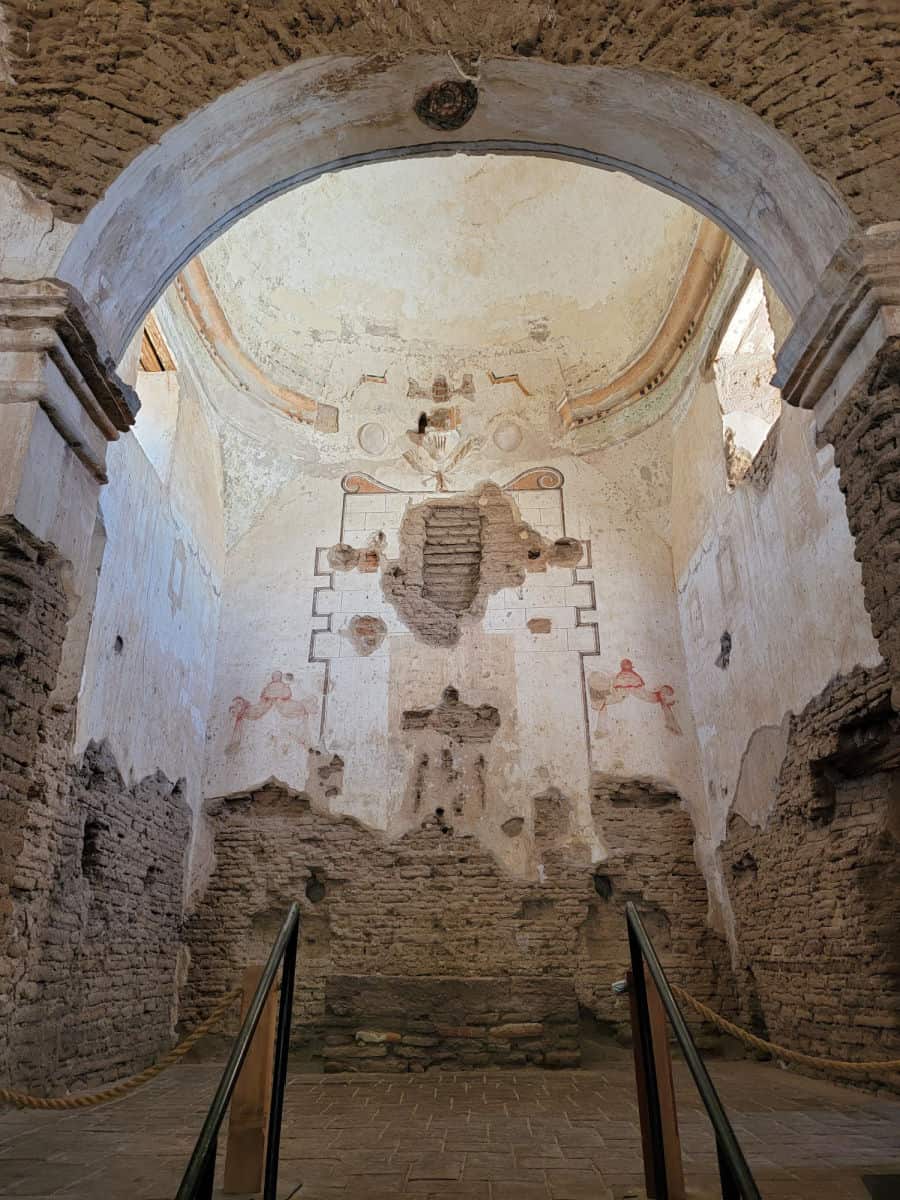
Hiking in Tumacacori National Historical Park
Always carry the 10 essentials for outdoor survival when exploring.
Juan Bautista de Anza National Historical Trail
A 4-mile portion of the Juan Bautista de Anza National Historic Trail connects Tumacácori with Tubac Presidio State Historic Park.
How to beat the crowds?
We did not experience any crowds during our visit to the park. If you visit during a special event there may be crowds.
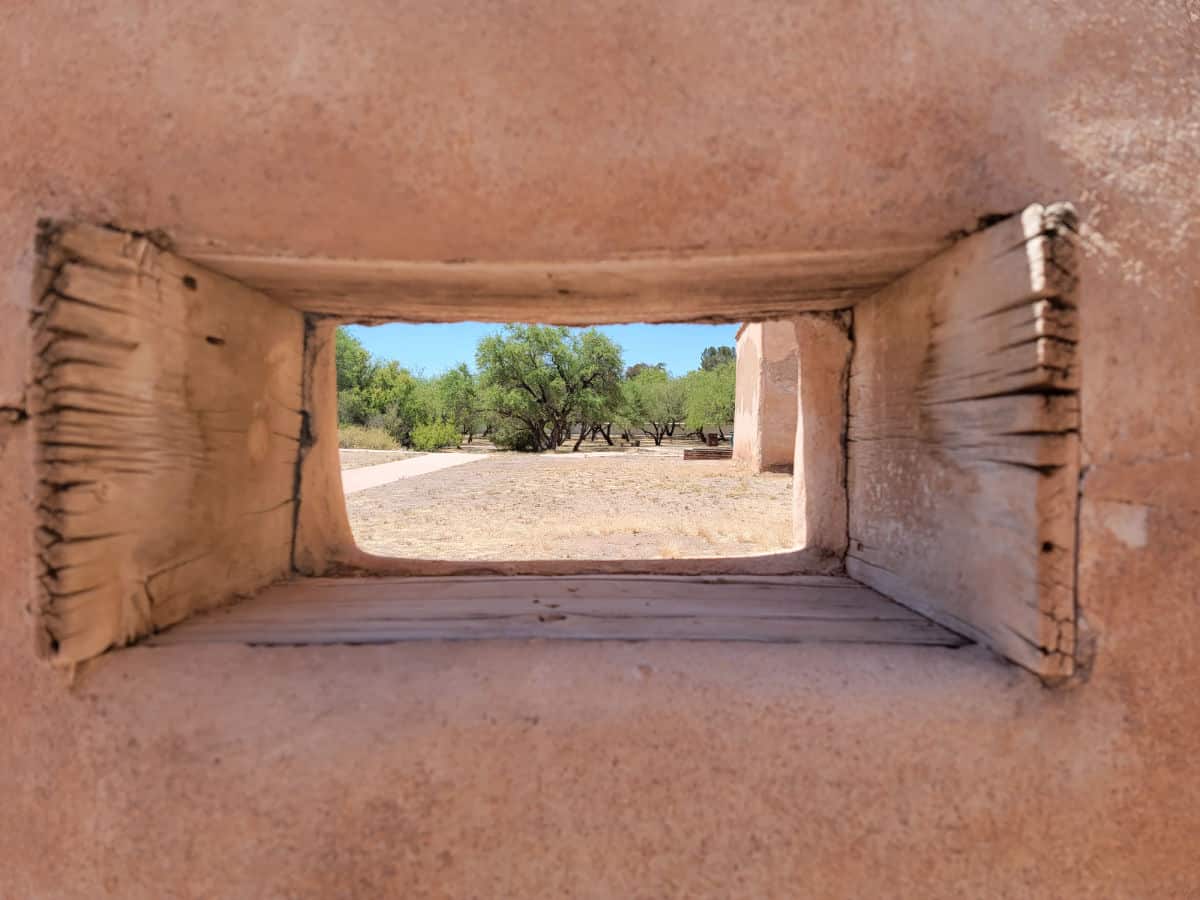
Where to stay when visiting
There are no National Park Lodges within the park.
Nearby Lodging includes:
Tubac Country Inn - look forward to a terrace, a garden, and a business center. Guests can connect to free in-room Wi-Fi.
Best Western Green Valley Inn - Free cooked-to-order breakfast, a terrace, and a coffee shop/café are just a few of the amenities provided at Best Western Green Valley Inn. For some rest and relaxation, visit the hot tub. The onsite family restaurant, 19th Hole Bar and Grille, features happy hour and light fare. Free in-room Wi-Fi is available to all guests, along with dry cleaning/laundry services and a bar.
Tubac Golf Resort & Spa - Located close to Tubac Golf Resort and Tubac Presidio State Historic Park, Tubac Golf Resort & Spa provides 27 holes of golf, shopping on site, and a coffee shop/café. Get out on the links at this hotel and enjoy amenities such as a driving range, golf lessons, and a golf clubhouse. Indulge in a body treatment, a deep-tissue massage, and a manicure/pedicure at The Spa at Tubac Golf Resort, the onsite spa. The onsite restaurant, Stables Restaurant, features golf course views. Enjoy the gym, as well as activities like hiking/biking. Wi-Fi in public areas is available to all guests, along with a hair salon and a fireplace in the lobby.
Canoa Ranch Golf Resort - Located close to Canoa Ranch Golf Club and Historic Hacienda De La Canoa, Canoa Ranch Golf Resort provides a free breakfast buffet, a golf course, and a terrace. For some rest and relaxation, visit the hot tub. Stay connected with free in-room Wi-Fi, and guests can find other amenities such as a bar and a 24-hour gym.
Click on the map below to see current vacation rentals and lodges near the park.
Camping

For a fun adventure check out Escape Campervans. These campervans have built in beds, kitchen area with refrigerators, and more. You can have them fully set up with kitchen supplies, bedding, and other fun extras. They are painted with epic designs you can't miss!
Escape Campervans has offices in Vancouver, Seattle, Portland, San Francisco, Las Vegas, Los Angeles, Phoenix, Salt Lake City, Denver, New York, and Orlando
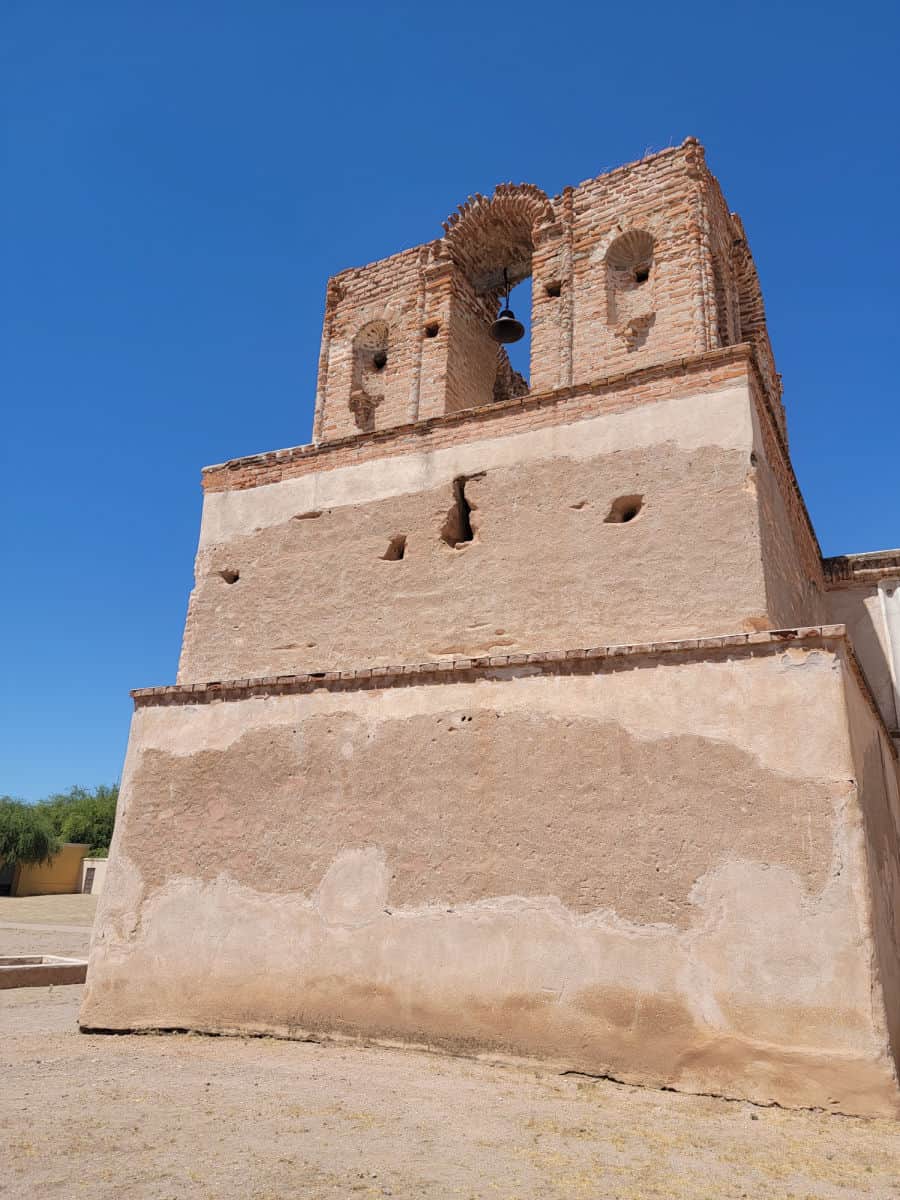
Parks Near Tumacacori National Historical Park
Organ Pipe Cactus National Monument
Fort Bowie National Historic Site
Casa Grande Ruins National Monument
Tubac Presidio State Historic Park
Check out all of the Arizona National Parks you can visit. Don't miss the amazing parks in neighboring New Mexico National Parks and National Parks in California.
Check out all of the National Historical Parks managed by the NPS.
Make sure to follow Park Ranger John on Facebook, Instagram, Pinterest, and TikTok

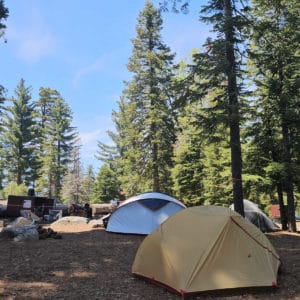
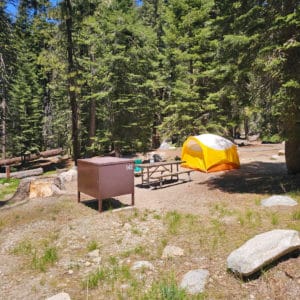
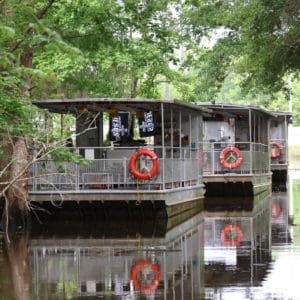

Leave a Reply